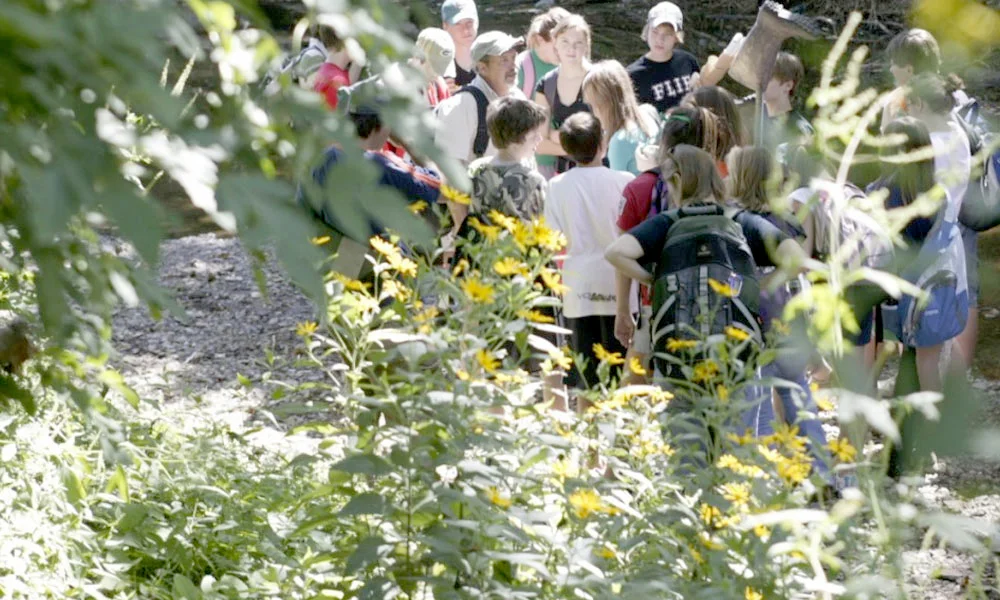Reading about Steve Jobs this past week has been strangely affirming for me, Ashley. Strange, because I’ve always LOVED every Apple product I’ve owned (since 1984), and yet I’m a bit intimidated by someone so creative that he could actually produce things so useful AND elegant. Affirming, because the articulated tenets of Job’s aesthetics and creations are provocative and inspiring to the core values of innovative education.
Job’s was primarily concerned about culture and aesthetics. Business was a by-product of creating dynamic culture and inspiring aesthetics. His burning questions included: How would this “thing” improve our culture? How would this “thing” actually create culture? How can this “thing” be beautiful, to look at, to touch, to manipulate?
These are the same questions that are compelling to education. In striving to answer these same questions we are inspired by Steve Jobs, Grant Wiggins, Reggio Children and Carlina Rinaldi and Vea Vecchi, Ron Berger, Christopher Alexander, Peter Senge, Fritjof Capra, and many others.
Below are excerpts from two different articles from the New York Times that highlight this point. As I read them I found myself drawing direct parallels to our work in schools. I found myself asking, could we create schools as highly functional and beautiful as an iMac, iPhone or iPad?
Mr. Jobs made no secret of his focus on design; in a Jan. 24, 2000, interview, Fortune magazine asked if it was an “obsession” and whether it was “an inborn instinct or what?”
“We don’t have good language to talk about this kind of thing,” Mr. Jobs replied. “In most people’s vocabularies, design means veneer. It’s interior decorating. It’s the fabric of the curtains and the sofa. But to me, nothing could be further from the meaning of design. Design is the fundamental soul of a man-made creation that ends up expressing itself in successive outer layers of the product or service....”
For all his accolades, this aspect of Mr. Jobs was hard for many business people to understand, or to copy. Go into a computer store today, and there’s a bland array of mostly indistinguishable keyboards and monitors — and then there’s Apple. Ditto the cellphone stores.
[Substitute here, schools for computer stores. Go into a school today, and there’s a bland array of mostly indistinguishable hallways and rooms -- and then there are the early childhood schools of Reggio Emilia, Italy, and many others around the world inspired by Reggio Emilia.]

“Most people underestimate his grandeur and his greatness,” Gadi Amit, founder and principal designer of New Deal Design in San Francisco, told me. “They think it’s about design. It’s beyond design. It’s completely holistic, and it’s dogmatic. Things need to be high quality; they have to have poetry and culture in each step... Steve was a cultural leader, and he drove Apple from that perspective. He started with culture; then followed with technology and design. No one seems to get that.”
Insert this same perspective into education. Educators are cultural leaders and they drive schools from that perspective. They start with culture, then follow with curriculum and school building design.
James Stewart, NYT, 10.7.11
Jobs...played a decisive role in restoring a kind of defiant aestheticism to American life.
Like the glories of Art Deco and the allure of the “Mad Men” era, his products were a rebuke to the idea that the aesthetics of modern life needed to be utilitarian and blah....
If [tomorrow’s innovators] learn anything from Steve Jobs, it should be that their vocation isn’t just about uniting commerce and technology. It’s about making the modern world more beautiful as well.
Ross Douthat, NYT, 10.8.11
In my opinion, educators must play the same role, “a decisive role in restoring a defiant aestheticism to American life.” It won’t be with a Steve Jobs in the lead; however, drawing from his model of excellence, it could be, in time, that together, we can “make the modern world more beautiful as well.”









